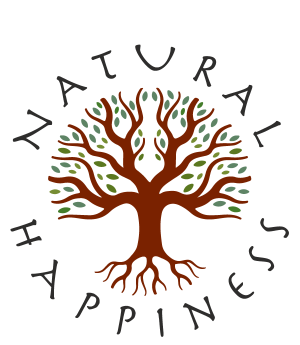Natural Happiness Seed 6: Growing Through Climate Change
The climate crisis can easily feel overwhelming, bewildering and depressing. Human nature needs something to hope for, and that’s hard to find when the outlook appears bleak. We need to redefine what kind of hope is possible, and to keep managing our perception of ‘reality’, because what we get through the media is a distorted picture, full of alarm, which we have to balance with other perspectives.
Chapter 6 of Natural Happiness is titled Growing through Climate Change: it offers ways to learn from Nature and organic cultivation, plus a range of processes and frameworks which have helped me. The chapter has four sections:
Learning from Nature: insights and responses to the climate crisis, including the key concept of regeneration.
Frameworks and processes: approaches which can help you with difficult feelings, and with resilience.
Perspectives and big questions: ways to relate to climate change, and issues to consider.
Gathering your threads: suggestions to help you weave a way of being and acting through the years ahead.
Talkin’ ‘bout Regeneration
At present, both ecosystems and human systems (individuals and also support systems like healthcare) are depleted and overstressed. The essence of regeneration is to restore vitality and resilience, using natural processes where possible. One of the best examples of this approach is regenerative agriculture: this means recovering the depth and fertility of topsoils, which in many places are depleted by soil runoff and use of chemicals.
Regenerative agriculture is too big to explore in this blog, but here are three of its principles which we can map across to regenerative humanculture:
 De-intensify: by using resources less intensely, we avoid depleting them, and give them time to recover. For people, this implies slowing down, working fewer hours, living with less income and resource use.
De-intensify: by using resources less intensely, we avoid depleting them, and give them time to recover. For people, this implies slowing down, working fewer hours, living with less income and resource use.- Resilient resources: regenerative farms raise the resilience of their pasture with heritage species of grass which are drought-tolerant. We humans need to make the personal and external resources we rely on more resilient and adaptable to turbulence.
- Dependable inputs: on a farm, this means cutting out imported feedstock like soya, just using what you grow yourself. For people, it means less dependence on complex, remote systems (e.g. the internet), more on face-to-face communities.
Frameworks and processes
The climate crisis is sometimes referred to as a polycrisis, i.e. a set of interlinked crises, including food security, habitat loss and more. The sheer complexity and scale of these multiple crises makes them very hard to engage with, so Chapter 6 of my book offers an accessible guided journey. Here is an overview of some of the approaches explored in the book.
- Deep Adaptation: DA, originated by Jem Bendell, has helped me get perspectives on the climate crisis and how to respond. See more at deepadaptation.info.
- The Work that Reconnects: originated by Joanna Macy, one of the best processes I know to work through the emotional impact of our situation. See my blog here.
- The Dream of the Earth: this term was coined by cosmologist Thomas Berry, who offers ways to see this crisis from Gaia’s point of view. See my blog here.
- Community resilience: for me, this is one of the best practical responses. See more about my projects at seedingourfuture.org.uk.
Natural Happiness offers a detailed guide on how to explore these and a range of other approaches.
This is adapted from Chapter 6 of Alan’s book, Natural Happiness: Use Organic Gardening Skills to Cultivate Yourself.
